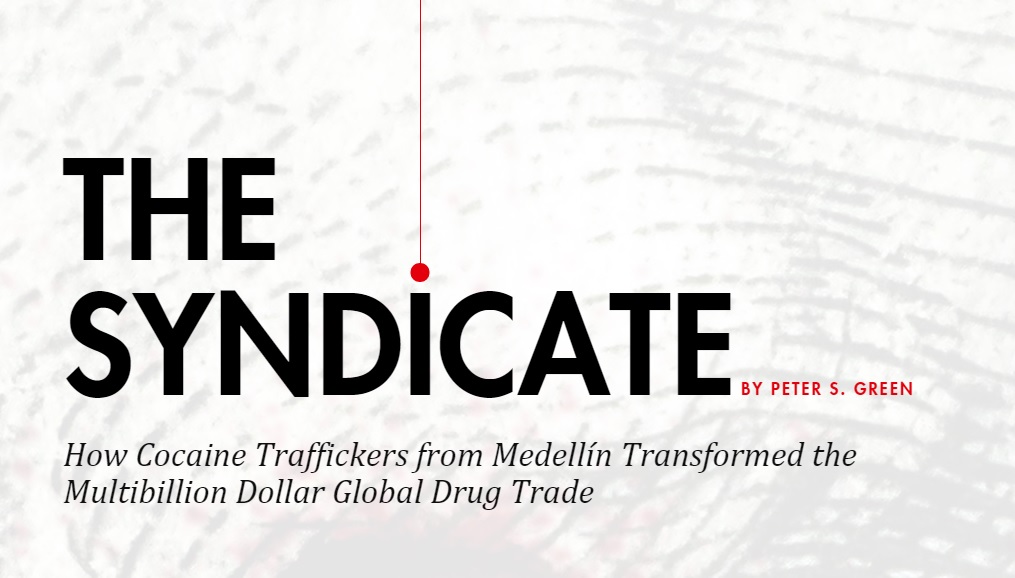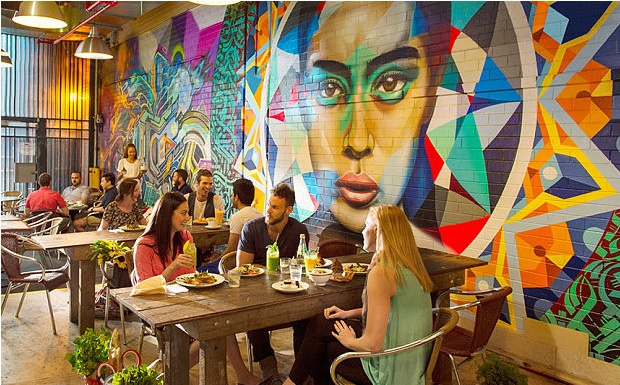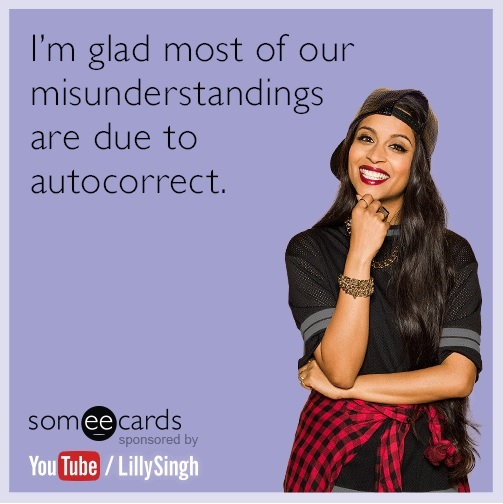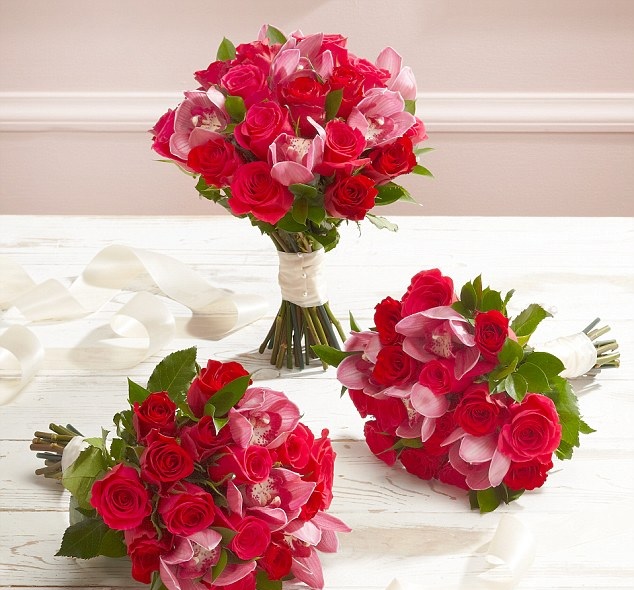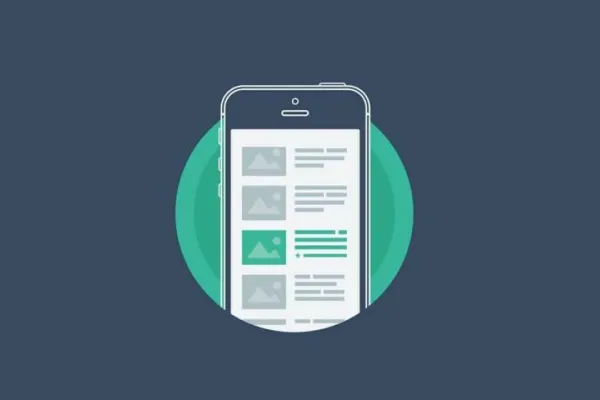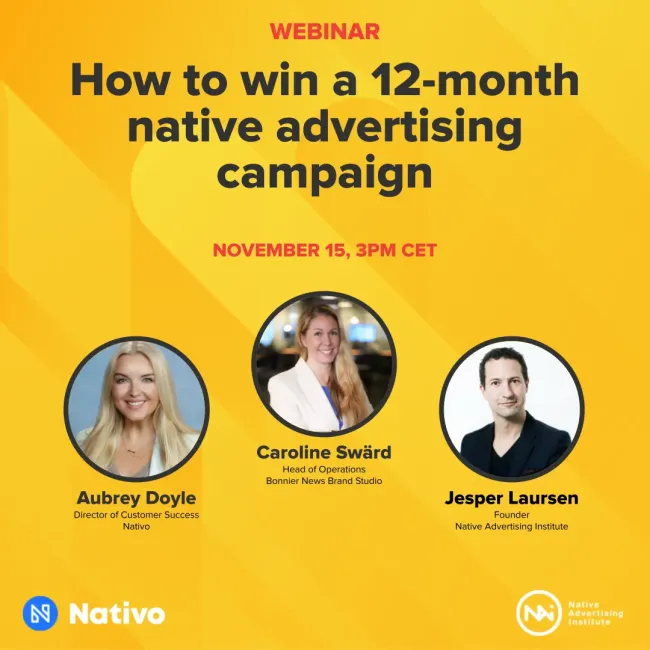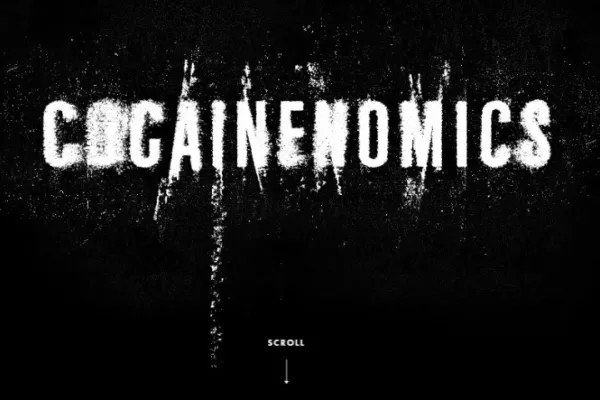
 Details
Details
A new season, a new TV series, a new travel destination or a new take on an old joke.
Sponsored content from the past month found inspiration in many different places. In this post we take a look at four of the best and most interesting examples. Let's get to it:
RELATED: Explore some of the world's best native advertising examples
1. Cocainenomics
Brand: Netflix Publisher: The Wall Street Journal
Already scratching the surface of legendary, this piece of sponsored content has impressed readers through a combination of authentic storytelling and innovatory graphics. Cocainenomics examines the story behind the Medellín Cartel, an organized network of drug suppliers and smugglers originating from Colombia and perhaps most famous for its notorious founder, Pablo Escobar.
That man, Pablo Escobar, is the focal point of Narcos, a new TV series from Netflix. "A chronicled look at the criminal exploits" of the Colombian drug lord, there is an obvious connection from the plot of the TV series to the theme of the sponsored content. Without mentioning their own product ad nauseam, Netflix, aided by The WSJ Custom Studios, manages to create content that undoubtedly puts the reader in the mood for a further exploration of Escobar and his wicked scheme. There are no tricks, just a story begging to be examined.
Cocainenomics continues the tradition of excellent sponsored content that Netflix established with Women Inmates.
RELATED: What is native advertising?
2. Mouth-watering reasons to visit Adelaide
Brand: Ethiad Airways and There's Nothing Like Australia Publisher: The Telegraph
Travelling is one of the fields where consumers respond most favorably to sponsored content. This example, by way of Ethiad Airways and There's Nothing Like Australia, is a solid, not necessarily spectacular but instructive demonstration of how it's done.
The headline provides a premise that is easily detectable to the reader: This content wants to convince you that travelling to Adelaide is a worthy investment. Such transparency is a good thing especially if the article holds up.
And this one does. Mostly. It's well-written, informative and delivers a credible sell on behalf of Adelaide. Now, a different arrangement of passages might have made the article more welcoming. A few quotes wouldn't have hurt. But overall, it's solid.
RELATED: What is an advertorial and how to write one
3. I'm glad most of our misunderstandings are due to autocorrect
Brand: YouTube Publisher: Someecards
There is a good chance that you are familiar with Someecards, those satirical e-cards that feature old-fashioned folk and deadpan sarcasm. What you may not have known is that an actual Someecards website exists. It's a "funny take on today's popular news, entertainment, lifestyle and video content - all written by the people who bring you those funny ecards".
Well. They have sponsored content too. In this instance, YouTube sponsored a pack of ecards to promote two of their personalities, Tyler Oakley and Lilly Singh. As you can tell, the concept is pretty basic: YouTube made their own versions of ecards and that's about it. What's great is the simplicity of it. By borrowing an already established and popular item, the brand secures an easy pathway to their audience.
The most popular of YouTube's ecards is shared by almost 38 thousand users.
RELATED: The different types of native advertising
4. Thought chrysanthemums and gladioli were too naff for your living room? This winter they're bang on trend - and here are six other funky floral fashions to make your home autumn-ready.
Brand: M&S Publisher: Daily Mail Online
If you find this headline to be awfully long then it's totally understandable. But that is the verbose nature of Daily Mail Online, the UK tabloid which is pretty much as tabloid as tabloid can be. And, apparently, their sponsored content is tabloid too.
The article starts off with a stock photography of Australian model Miranda Kerr holding a batch of flowers similar to the ones that the sponsor wants to promote. It proceeds to identify the six funky floral fashions of fall.
In tone and style, this sponsored content clearly mimics its editorial surroundings. Users who enjoy Daily Mail Online won't have a hard time adjusting. That's a good thing.
